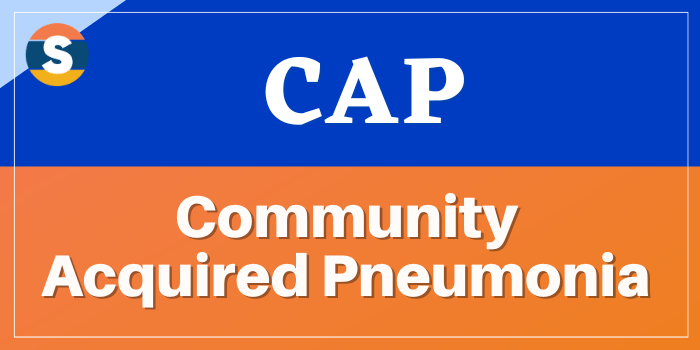
The Full form of CAP is Community-Acquired Pneumonia. CAP is one of the most common infectious diseases and is an important cause of morbidity and mortality worldwide. Typical bacterial pathogens that cause CAP include Haemophilus influenzae, Streptococcus pneumoniae, and Moraxella catarrhalis. However, with the advent of novel diagnostic technologies, viral respiratory tract infections are being identified as common etiologies of CAP. The most common viral pathogens recovered from hospitalized patients admitted with Community-Acquired Pneumonia include human rhinovirus and influenza. Many organisms cause CAP, including viruses, bacteria, and fungi. Pathogens vary by patient age and other factors but the relative importance of each as a cause of Community-Acquired Pneumonia is uncertain because most patients do not undergo thorough testing, and because even with testing, specific agents are identified in less than 50% of cases. The most common bacterial causes of Community-Acquired Pneumonia are S. pneumonia, H. influenza, C. pneumoniae and M. pneumonia. Pneumonias caused by mycoplasma and chlamydia are often clinically indistinguishable from other pneumonias. Common viral causes include Respiratory syncytial virus (RSV), Adenoviruses, Influenza viruses, Metapneumovirus, Parainfluenza viruses. Bacterial superinfection can make distinguishing viral from bacterial infection difficult. C. pneumoniae accounts for 2 to 5% of CAP and is the 2nd most common cause of lung infections in healthy people aged 5 to 35 years.